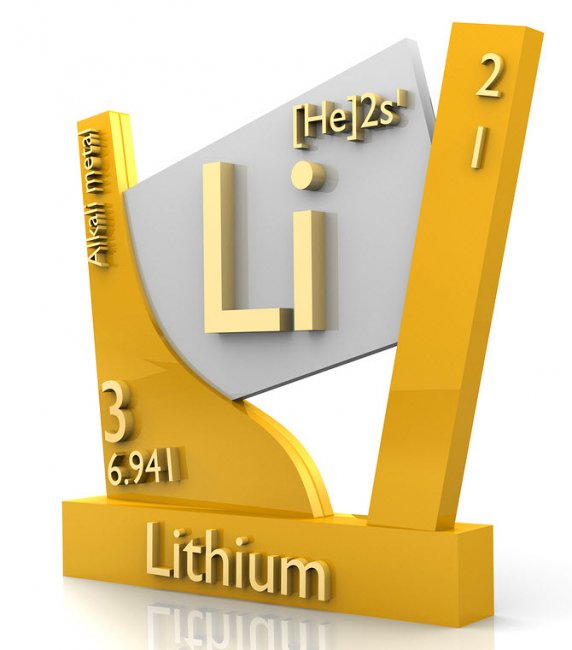Lithium Blood Test
$48.00
Lithium blood test online:
Lithium as lithium carbonate is used as a psychoactive agent in the treatment of manic depressive disorders. Lithium therapy demands daily monitoring of serum lithium levels until the proper dose schedule is determined. Serum elimination half-life ranges from 20 to 60 hours.
Insomnia in a low-range group is described. Tremor, gastrointestinal symptoms, urinary frequency, and weight gain were less frequent at lower levels.1 Intoxication never occurs suddenly. Several days to a week before full-blown symptoms develop, a patient will experience lethargy, drowsiness, tremor, muscle twitching, dysarthria, anorexia and vomiting or diarrhea.
A fully developed case of intoxication shows coma to semicoma, rigidity, hyperactive reflexes and seizures at times. There is a high incidence of pulmonary complications. It is advisable to perform periodic plasma sodium determinations. Low plasma sodium levels are associated with lithium retention; high levels with lithium elimination. Varying degrees of nephrogenic diabetes insipidus have been reported to occur in 33% of lithium treated patients.
Lithium significantly inhibits antidiuretic hormone induced water transport in kidney. Lithium interferes with solute and water absorption from the gastrointestinal system producing nausea, vomiting, diarrhea, and abdominal pain. These symptoms may occur at any time, at any serum level. They most commonly occur during early treatment stages and usually clear spontaneously or by adjustment of dosage. Chronic lithium administration has a goitrogenic effect on 4% of lithium treated patients, with or without hypothyroidism. In general, lithium administration results in slightly decreased serum T4 levels and transiently elevated levels of TSH in nearly 33% of these patients.

